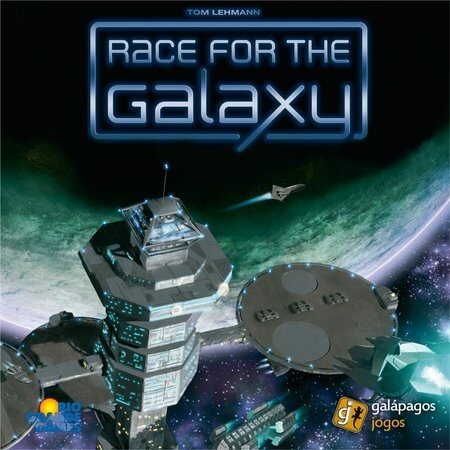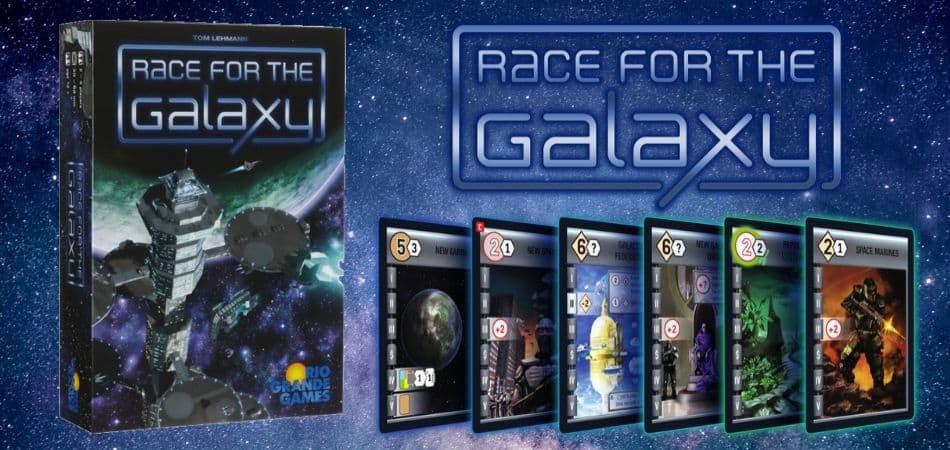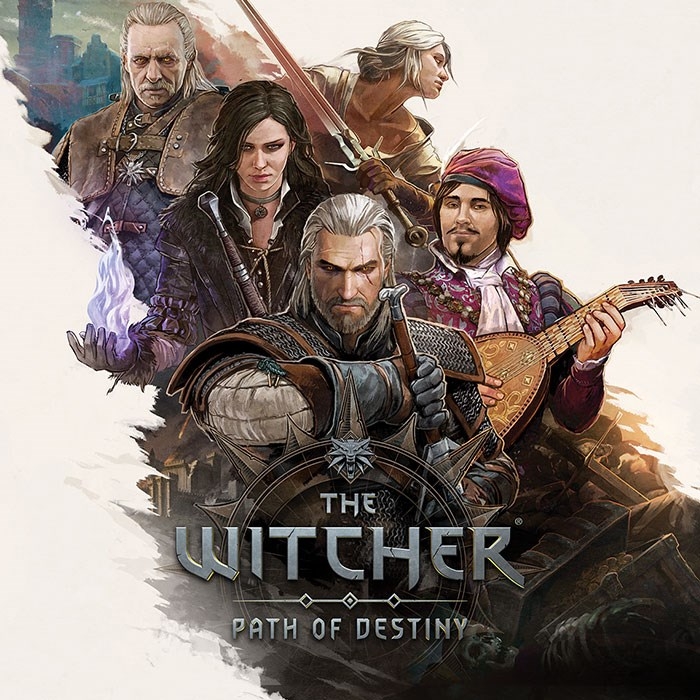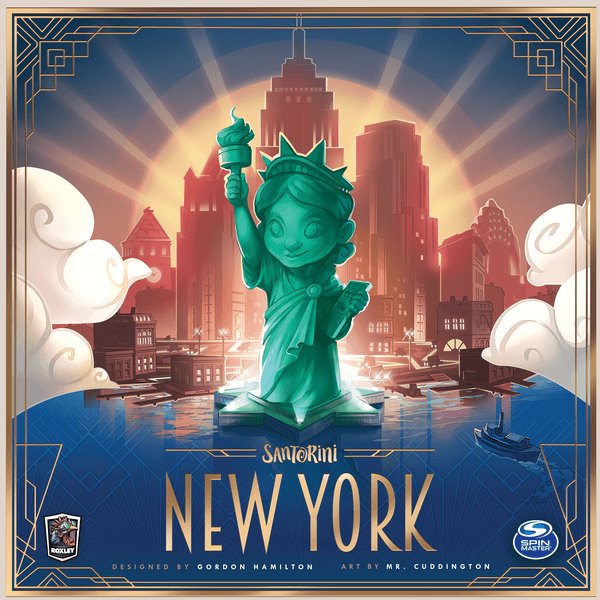
Race for the Galaxy
In Race for the Galaxy, players venture out to build their own space civilizations, using cards that represent planets and technological advances. Throughout the game, it is possible to develop worlds that produce valuable resources or actions that generate victory points. Each player must plan their strategies to maximize the efficiency of their cards, making the most of the resources that each world offers. At the start of each round, all players secretly choose a role from a number of options, which determines which actions will be available in that phase. For example, by opting for the colonization role, each player has the chance to colonize planets while the player who made the main choice receives an exclusive bonus. This dynamic makes role selection critical and interaction between players very intense. The game combines strategy and opportunity, ensuring that each match is unique and full of surprises.Artists: Martin Hoffmann; Mirko Suzuki
Designers: Thomas Lehmann;
Date: 2007
Note: 8.2
Mechanics: Collecting Sets, Hand Management, Players with Different Skills, Brands, Variable phase order, Shift Order: Role or Type of Action, Follow Action, Simultaneous Action Selection
Topics: Economy / Production, Science Fiction
Table of Contents
- How to Play
- Tips for playing
- Game mechanics
- Game components
- Additional Information
OBJECTIVE OF THE GAME

Tips for playing
Here are some tips for doing better in the game Race for the Galaxy:
- Focus on achieving synergy between your cards to maximize your victory points.
- Observe and anticipate your opponents' actions in order to plan your moves.
- Choose the right time to use the production phase, especially if you can consume goods quickly.
- Be careful when colonizing consumer worlds, make sure you have efficient ways of using these goods.
- Imbalances between development and colonized worlds can affect your strategy; keep a good balance.
- Keep an eye on the objective cards and try to complete them before your opponents.
- Use military corps to expand quickly, but balance it with economy for long-term sustainability.
Video about the game
GAME mechanics
- Simultaneous Action Selection - All players simultaneously choose which action they will take during the turn, revealing their choices at the same time. This promotes strategy and anticipation of opponents' moves, as everyone tries to maximize their benefits.
- Hand Management - Players manage their cards, which serve as resources. Sacrificing cards to pay for others adds complexity to planning, as each card played represents both cost and opportunity.
- Players with Different Skills - The game allows each player to develop unique strategies through the cards selected and played, reflecting distinct skills that can align with different winning conditions.
- Variable Phase Order - The selection of actions influences the order of the turn phases. The actions chosen by the players determine which phases will take place in which sequence, altering the traditional dynamic of fixed turns.
- Brands - Some cards are identified with specific marks that confer additional abilities or synergies, encouraging strategies around these to maximize the effectiveness of certain cards or tactics.
- Collecting Sets - The set collection mechanic rewards players for accumulating cards of the same type or with related synergies, multiplying their victory points or special effects at the end of the game.
- Shift Order: Role or Action Type - The order of the moves can be determined by the role chosen by each player. The actions chosen not only define which phases take place, but also who can benefit from them first.
- Follow Action - When a player chooses an action, all players can carry it out, but the player who chose it receives an additional bonus. This encourages decisions where personal gain is balanced against the potential impact on opponents.
Game components
See all the items in the game below Race for the Galaxy:
- 4 sets of 7 action cards (red, green, blue and yellow)
- 6 optional starter world cards
- 5 starter world cards
- 109 playing cards:
- 59 worlds
- 50 developments
- 8 extra action cards for advanced 2-player matches
- 4 reference leaflets
- 28 Victory Point tokens: 18 out of 1, 6 out of 5 and 4 out of 10
- Player's guide
Additional Information
- Ludopedia link: https://ludopedia.com.br/jogo/race-for-the-galaxy
- Link Tabletopia:
- Amazon Brazil link: Comprar Race for the Galaxy
- Amazon USA link: Comprar Race for the Galaxy


